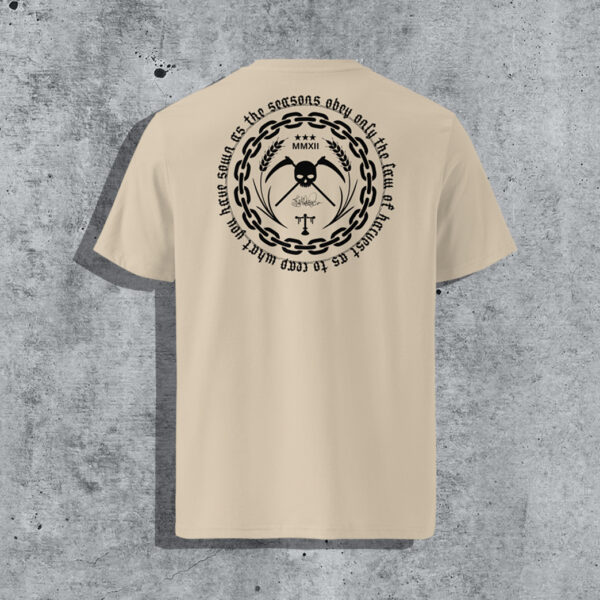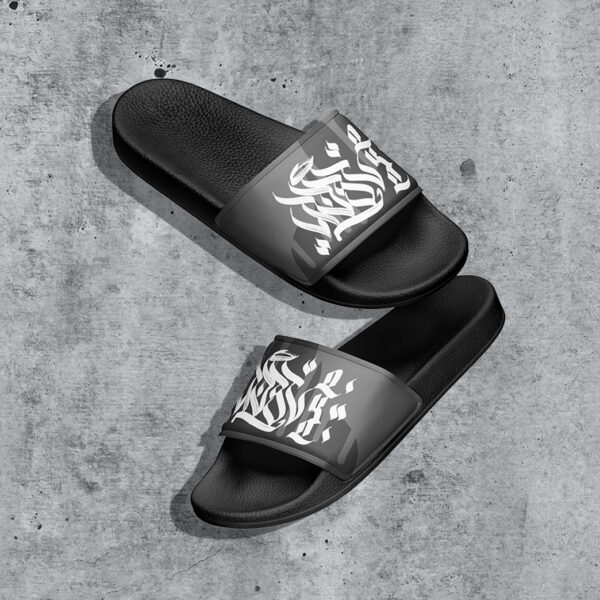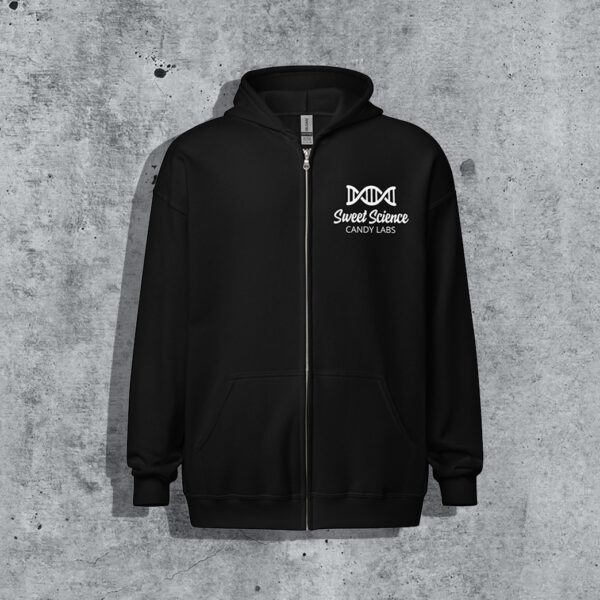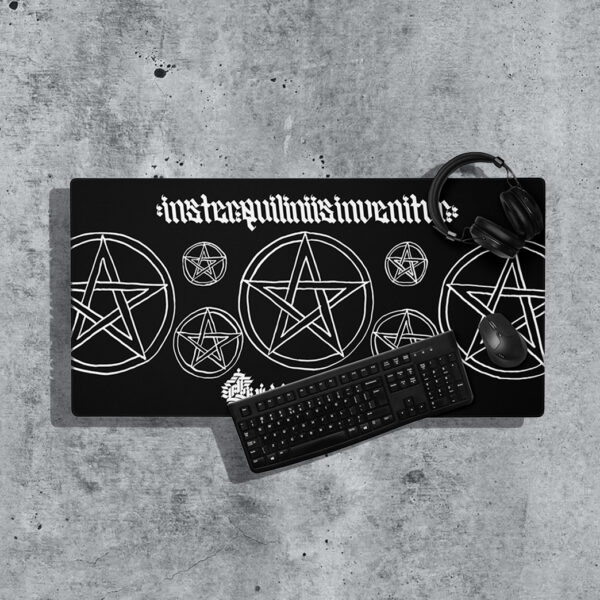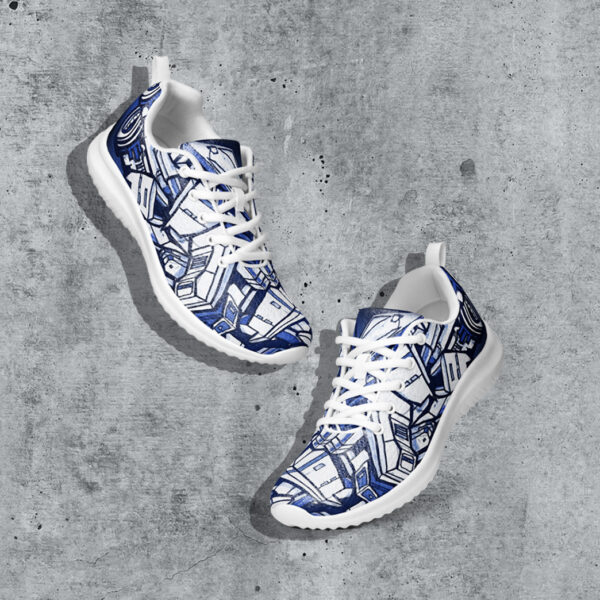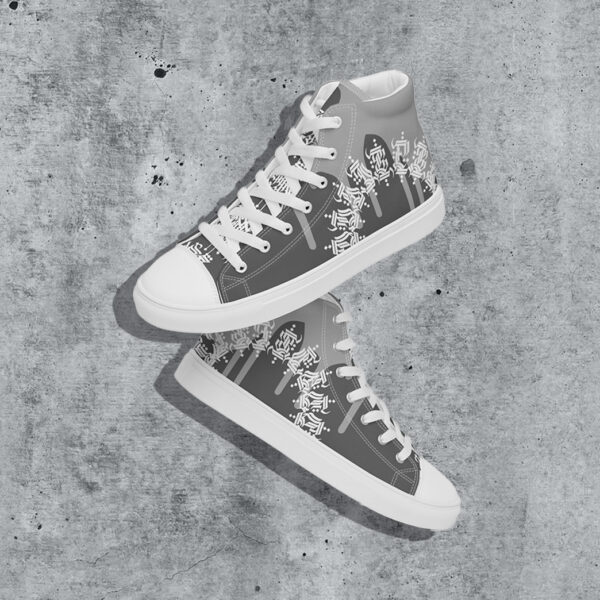
Printing Service Information
The Right Print for the Right Product
Choosing the right printing method can make all the difference in the look, feel, and longevity of your product.
At Justified Ink, we specialize in a wide array of printing techniques, each suited to specific needs. Whether you’re after bold designs for bulk orders, intricate detail for one-off pieces, or unique prints for specialty products, we’ll help you navigate the options to ensure the best results. Explore the possibilities and find the perfect match for your project!
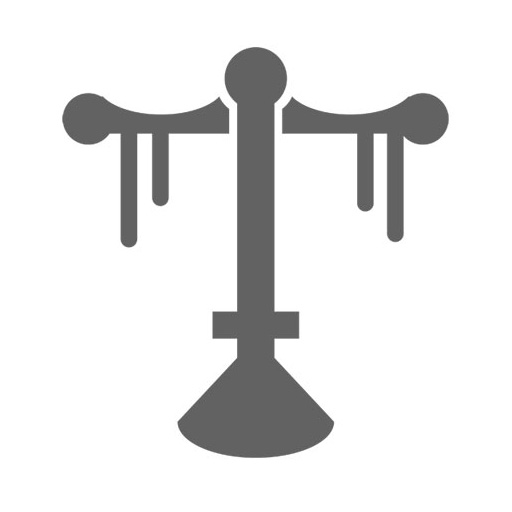
Production Types:
A Tried-and-True Staple for Bulk Printing
Pros:
- Cost-effective for large batches: Lower cost per item when producing high quantities.
- Versatile design placement: Works on a variety of surfaces and materials.
- Volume discounts: Significant savings as order size increases.
Cons:
- Not cost-effective for multiple colors: Each color requires its own screen, increasing setup time and costs.
- Simplified designs only: Works best with bold, simple shapes and minimal detail.
- High setup costs: Requires upfront investment in screens and setup.
- Not ideal for small runs: Less practical for smaller quantity orders.
Detailed and Flexible for Small Batches
Pros:
- Extensive color options: Great for full-color, vibrant designs.
- Maximum detail: Perfect for intricate artwork or photographic designs.
- Low setup costs: Ideal for small-batch orders and on-demand printing.
- Highly customizable: Easy to tweak designs for individual garments.
Cons:
- Not cost-effective for bulk orders: Slower process increases production time.
- Lower durability: Designs may not last as long as screen-printed options.
- Limited placement: Printing area is restricted to flat surfaces.
- Higher per-unit cost: More expensive for larger runs.
Seam-to-Seam Prints with Incredible Longevity
Pros:
- All-over prints: Seamless designs across the entire garment.
- Vivid, long-lasting colors: Ink becomes part of the fabric for exceptional durability.
- Maximum detail: Handles intricate patterns and artwork with ease.
- Ideal for small runs: Great for low-quantity custom orders.
Cons:
- Material limitations: Requires 100% polyester or poly-blend fabrics.
- Base color restrictions: Must print on white or light-colored materials.
- Higher per-unit cost: Most expensive option for individual items.
- Spot color challenges: Difficult to match exact colors for branding.
Timeless and Durable for Elevated Branding
Pros:
- Long-lasting durability: Designs won’t fade or wear out over time.
- Professional appearance: Adds an elevated, tactile look to your products.
- Suitable for small runs: Excellent for detailed logos or unique branding.
- Wide range of materials: Works on hats, jackets, polos, bags, and more.
Cons:
- Limited detail: Not ideal for intricate or photographic designs.
- Higher cost per piece: More expensive than some printing methods.
- Color constraints: Fewer color options compared to DTG or sublimation.
- Setup time: Requires digitizing your design for embroidery machines.
Custom Creations for Unique Ideas
Pros:
- Endless variety: Print on mugs, shoes, notebooks, posters, and more.
- Highly customizable: Tailored designs for every product type.
- Premium quality: Materials and printing methods built to last.
- Specialty techniques: Access to sublimation, heat transfer, and more.
Cons:
- Material-specific methods: Some products require specific techniques.
- Higher costs for one-offs: Unique items can cost more for production.
- Setup requirements: Custom or unusual items may require extra preparation.
The Story of Justified Ink
Justified Ink isn’t just a printing service—it’s the result of decades of experience, passion, and relentless innovation serving Salt Lake City, Utah.
From Vision to Production
Founded in Salt Lake City, Utah, in 2012 by Justin Johnson, a hard-working visionary with over 25 years of experience in print design and production, the company was born from a lifelong love of art, graffiti, and creative expression.
Growing up immersed in the world of print and embroidery production, Justin developed a deep understanding of design and manufacturing processes at an early age. That foundation led to a career spanning screen printing, custom illustrations, typography, and more—building a reputation for creative excellence and a knack for solving complex production challenges.
We started by fulfilling custom printing needs in Salt Lake City, Utah, but today, our services extend nationwide. With a focus on quality and efficiency, we leverage the best modern printing solutions to deliver custom prints made to order anywhere in the United States—bringing your vision to life with precision and care.
At Justified Ink, every project reflects a commitment to quality, creativity, and innovation. Whether it’s crafting bold, branded apparel, creating custom product labels, or designing specialty items that stand out, we bring precision and artistry to every step of the process.
Our work embodies a seamless blend of design and production expertise. From unique illustrations and custom fonts to fine-tuned print-ready files, Justified Ink is your go-to partner for bringing your vision to life with style and impact.
Custom Printing in Utah & Beyond – Local Expertise, Nationwide Service

Turn your ideas into reality
Reach out today and see how Justified Ink can elevate your brand.
Our Process
At Justified Ink, our process is built to deliver top-notch results with precision and efficiency. From understanding your needs to delivering finished products to your door, every step is designed to ensure quality and satisfaction.
From Start to Finish
1. Consultation & Planning
We start by discussing your project goals, vision, and specific needs. Whether you’re looking for apparel, promotional items, or specialty products, we’ll help you determine the best approach to achieve your desired outcome.
2. Custom Design Creation
Our skilled design team brings your ideas to life, creating custom designs tailored to your brand or project. We focus on detail, aesthetics, and functionality to ensure your design is both impactful and production-ready.
3. Mockups & Print File Preparation
Before anything goes into production, we create mockups to show you exactly how your design will look on the final product. Once approved, we prepare professional-grade print files optimized for the chosen production method.
4. Production & Quality Review
Depending on your project, we either release the files to you or send them to our trusted print production warehouse. Every item undergoes a meticulous quality review to ensure the final product meets our high standards.
5. Packaging & Direct Shipping
After quality checks, your items are carefully packaged and shipped directly to your door. For on-demand orders, we ensure fast, efficient service so you can get your products as quickly as possible.
The Result: A seamless process that turns your vision into reality—delivering high-quality, custom products that exceed expectations.

Ready to get started?
Let’s talk about how we can bring your ideas to life with precision and expertise.
We’ve Got Answers
Everything You Need to Know About Justified Ink’s Expert Design and Custom Printing Services

Frequently Asked Questions
We print on everything from t-shirts and hoodies to specialty items like custom slides and backpacks. You name it, we’ve got you covered.
High-resolution vector files (e.g., .AI, .EPS, or .PDF) work best. Don’t have one? Our team can help bring your idea to life.
Absolutely. The more you print, the more you save—contact us for a custom quote.
Most projects are completed within 7–10 business days. Need it sooner? Rush services are available.
Yes! We provide digital proofs for approval to ensure everything is perfect before we print.
Yes, we offer sustainable options like organic cotton and recyclable packaging.
Minimums vary by product, but we’re happy to accommodate small runs and one-offs for unique items.
Yes, we can assist with design creation, tweaking existing artwork, or bringing your vision to life from scratch.
Absolutely. We use Pantone Matching System (PMS) for precise color reproduction.
We utilize screen printing, digital printing, and specialty methods to suit your project’s needs.
Timelines vary based on the scope and complexity of your project. So depending on the project will determine minimum timelines, and within that we can expedite the process to the best of our abilities.
At Justified Ink, we go beyond just printing—we bring artistry, expertise, and precision to every project. With a deep commitment to quality and detail, we treat each order as if it were our own. Combine that with a collaborative approach and on-demand capabilities, and you’ll see why our results consistently exceed expectations.
Yes, our branded design services cater to both print and digital needs. From product labels and brochures to digital mockups and social media graphics, we’ve got you covered.
Yes! Justified Ink specializes in on-demand printing to ensure your products are produced exactly when needed—no waste, no excess. We work with top-tier materials and direct shipping solutions to make the process seamless, efficient, and stress-free. Whether it’s apparel, promotional items, or custom packaging, your products are ready to ship directly to your door.
Absolutely. At Justified Ink, we’re equipped to handle orders of any size. Whether you’re looking to produce a single, one-of-a-kind item or a full production run for a new product launch, we maintain the same level of precision and quality. Every piece reflects your vision, no matter the quantity.
We take a highly collaborative approach to ensure your satisfaction. From initial design consultation to final approval, we keep you in the loop at every stage. Our years of expertise in design and production mean we anticipate and resolve potential issues before they arise, ensuring your project is delivered exactly as envisioned.
Our range of products is extensive, covering everything from apparel like t-shirts and hoodies to promotional items like mugs and tote bags. We also specialize in product labels, packaging, art prints, and even custom specialty items. If you can dream it, we can bring it to life.
Yes, we offer direct shipping for all domestic orders, making it easy to get your custom products delivered straight to you or your customers. With on-demand production, you can count on efficient fulfillment without unnecessary delays. Please note that international shipping is currently unavailable.
Of course! With years of design expertise, we can help bring your vision to life. From creating original artwork to refining your existing concepts, we ensure your designs are print-ready and meet the highest standards for quality and impact.
We take pride in using premium materials and advanced printing techniques to achieve exceptional results. Every item we produce is built to last, with vibrant colors, crisp details, and durability that matches your brand’s standards. We don’t cut corners—our focus is always on delivering top-quality work.
Choosing Justified Ink means working with a partner who values your brand as much as you do. With decades of experience, unmatched attention to detail, and a one-stop approach to production and design, we deliver results that exceed expectations. From concept to final product, we’re here to ensure your vision is realized with precision and care.


